How to Brush without a Toothbrush: 5 Alternatives
As a participant in the Amazon Services LLC Associates Program and other affiliate programs, Easy Homemade Life may collect a share of sales or other compensation from the links on this page. This comes at no additional cost to you, and all the prices and availability are accurate at the time of publishing.
Looking for ideas on how to brush your teeth without a toothbrush? Fear not, we’ve got you covered.
In this post, we’ll share some unconventional yet effective ways to maintain good oral hygiene even when you don’t have a toothbrush, so you can keep your pearly whites clean and healthy wherever you go.
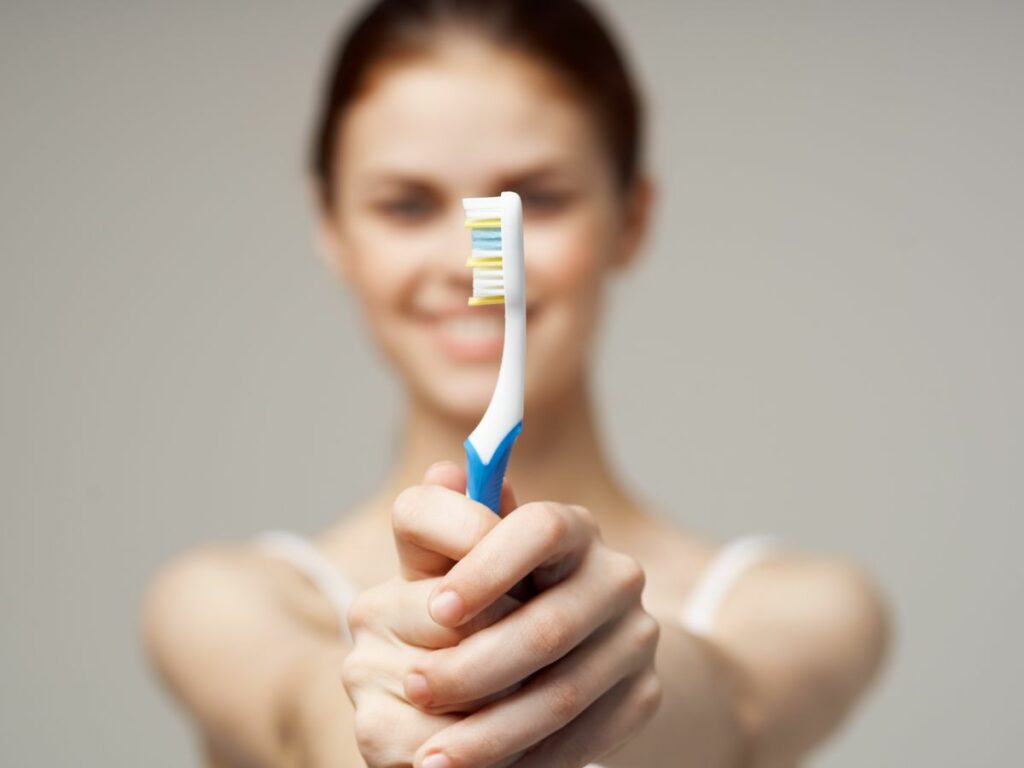
5 Alternative Approaches to Clean Your Teeth
As we learned in a review on tongue cleaning and ear cleaning at home, personal hygiene is important to our wellbeing. Good oral hygiene is no different. It’s essential for keeping a clean mouth with healthy teeth and gums.
A toothbrush is one of the most important tools for maintaining good dental hygiene. It helps remove food particles and bacteria from your teeth, thereby preventing bad breath, plaque buildup and tooth decay.
But what if you find yourself without a toothbrush? Whether you’re on the go, camping, in an emergency, or just forgot to pack it, alternative methods are good news for keeping healthy and clean teeth.
Some of these methods include:
- Using a clean damp cloth
- Using a finger
- Chewing sugar-free gum
- Using a twig
- Using a mouthwash or oral rinse
While these methods are less effective than using a toothbrush, they can still help remove food particles and bacteria from your teeth and gums.
Once you get your toothbrush back, replace it every three to four months or sooner if the bristles become frayed or worn.
In the meantime, any of these alternative approaches is a great way to help keep your teeth clean and healthy in a pinch.

How to Maintain Good Oral Hygiene When You Don’t Have a Toothbrush
Let’s dive in and explore the different ways to maintain good oral health even when you don’t have a toothbrush so that you can have healthy teeth even in unexpected circumstances.
Pick at least one of these easy ways next time you find yourself in this situation. In some instances, combining more than one method will be a better option for the most effective results.
Alternative #1: Rub with a Clean Damp Cloth
Rubbing your teeth with a clean, damp cloth is a great alternative when you don’t have a toothbrush but want to take care of your teeth.
Here’s how to do it:
- Wet a clean washcloth or regular cloth with warm water.
- Gently rub the cloth over your teeth and gum line in a circular motion.
- Pay attention to the tooth’s surface and get all surfaces: front, back, and sides of your teeth.
- Rinse your mouth thoroughly with clean water.
Tips for using a cloth to brush your teeth:
- Choose a clean, soft cloth that won’t scratch your teeth or irritate your gums. Avoid using rough materials, such as paper towels (even a thick paper towel) or tissues, which can easily disintegrate.
- Make sure the cloth is damp but not dripping wet. Too much water may cause it to slip on the tooth and not provide enough resistance.
- Be gentle when rubbing the cloth over your teeth. Too much pressure can damage your tooth enamel and irritate your gums.
Alternative #2: Use a Finger
Using your finger to brush your teeth is another good option to brush teeth without a toothbrush.
Here’s how to do it:
- Wet your finger with a little water.
- Apply a small amount of toothpaste or a teaspoon of oil, like coconut oil or olive oil, to your index finger.
- Gently rub the toothpaste or oil over your teeth and gums in a circular motion.
- As in the option above, pay attention to the surface of your teeth and get all sides: front, back, and chewing surfaces.
- Spit out the toothpaste or oil and rinse your mouth thoroughly with water.
Tips for using your finger to brush your teeth:
- Wash your hands with hand soap before putting your finger in your mouth.
- Be gentle when rubbing the toothpaste over your teeth. Avoid poking the gums with your nails.
Alternative #3: Chew Sugar-Free Gum
Does this sound like something you can do? Chewing sugarless gum is another best way to help maintain a clean mouth when you don’t have a toothbrush.
Here’s how to do it:
- Choose a sugar-free gum containing xylitol, a natural sweetener that helps prevent tooth decay.
- Chew the gum for 20 minutes after meals.
- Focus on chewing the gum with your back teeth to help remove food particles and debris from your teeth and gums in hard-to-reach places.
- Spit out the gum after 20 minutes and rinse your mouth with water.
Tips for using sugar-free gum to clean your teeth:
- Avoid gums that contain sugar. Stevia is another natural sweetener, but it doesn’t have the same properties as xylitol. Choose gum with xylitol
- 20 minutes or less is enough time to chew. Don’t over chew if you suffer from jaw pain or other jaw issues.
- Rinsing the mouth with water after chewing gum helps remove any remaining particles.
Alternative #4: Find a Twig
If you’re in a situation where you don’t have a toothbrush, finding a twig to clean your teeth can be a natural and effective alternative. After all, many cultures around the world used specific twigs to keep a healthy smile before plastic toothbrushes came along.
Here’s how to do it:
- Find a fresh and flexible twig that is about the thickness of a toothbrush.
- Chew the end of the twig until it makes a frayed end with soft bristles.
- Use the bristled end to brush teeth in short strokes, focusing on the areas with the most buildup.
- Spit out any twig or food debris and rinse your mouth with water.
Tips for using a twig to clean your teeth:
- Avoid twigs from trees that are toxic or have sharp edges.
- Ensure the twig is the right thickness with an end that can form bristles.
Because not all twigs are equal, choosing the right kind of twig is important. You don’t want to go off and pull a twig from any tree you see. The best twigs for teeth brushing come from trees with antibacterial properties and are safe to use.
Consider these:
- Neem tree – one of the most popular trees used for teeth brushing due to its antibacterial properties.
- Peelu tree – contains natural abrasives that can help remove plaque and stains from your teeth.
- Olive tree – with antiseptic properties that can help reduce bacteria in your mouth.
- Apple tree – have a high concentration of malic acid, which can help whiten your teeth and remove stains.
- Birch tree – you’ll love the natural sweet taste. Birch also has antimicrobial properties. Xylitol comes from birch.
Alternative #5: Swish with Mouthwash
Swishing with mouthwash is another alternative method for cleaning your teeth when you don’t have a toothbrush but want minty fresh breath.
Here’s how to do it:
- Pour a small amount of mouthwash into your mouth. Be careful not to swallow it.
- Tilt your head back and swish the mouthwash around in your mouth for about 30 seconds.
- Spit the mouthwash out into the sink.
- Rinse your mouth out with water.
Pick your favorite store-bought brand or make homemade mouthwash.
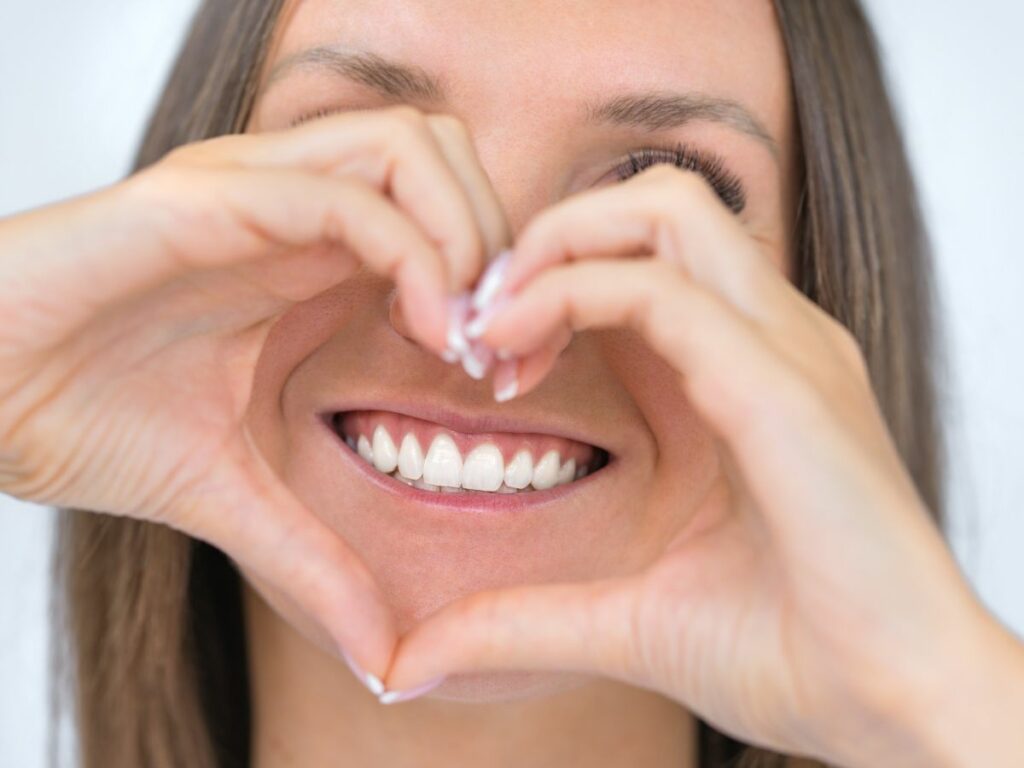
Don’t Let a Missing Toothbrush Ruin Your Day
We’ve gone over several alternative methods and simple tips for brushing your teeth when you don’t have a toothbrush. Still, it’s important to remember that regular brushing with a toothbrush and toothpaste is the best practice for cleaning teeth, according to the American Dental Association.
Whenever you’re in a pinch, using a clean damp cloth, a wet finger, sugar-free gum, a twig, or mouthwash can help remove some of the build-up on your teeth and freshen your breath.
Remember to be gentle and take your time to clean all surfaces of your teeth.
How to Brush Your Teeth Without a Toothbrush
Equipment
- 1 Clean washcloth or cloth
Materials
- 1 tube toothpaste coconut oil, or olive oil
- 1 piece sugar-free gum with xylitol
- 1 piece twig from a neem peelu, olive, apple, or birch tree
- 1 bottle mouthwash
Instructions
- Washcloth method: Wet a clean washcloth or regular cloth with warm water. Gently rub the cloth over your teeth and gum line in a circular motion. Pay attention to the tooth's surface and get all surfaces: front, back, and sides of your teeth. Rinse your mouth thoroughly with clean water.
- Finger method: Wet your finger with a little water. Apply a small amount of toothpaste or a teaspoon of oil, like coconut oil or olive oil, to your index finger. Gently rub the toothpaste or oil over your teeth and gums in a circular motion. As in the option above, pay attention to the surface of your teeth and get all sides: front, back, and chewing surfaces. Spit out the toothpaste or oil and rinse your mouth thoroughly with water.
- Sugar-free gum method: Choose a sugar-free gum containing xylitol, a natural sweetener that helps prevent tooth decay. Chew the gum for 20 minutes after meals. Focus on chewing the gum with your back teeth to help remove food particles and debris from your teeth and gums in hard-to-reach places. Spit out the gum and rinse your mouth with water.
- Twig method: Find a fresh and flexible twig from a neem, peelu, olive, apple, or birch tree with the approximate thickness of a toothbrush. Chew the end of the twig until it makes a frayed end with soft bristles. Use the bristled end to brush teeth in short strokes, focusing on the areas with the most buildup. Spit out any twig or food debris and rinse your mouth with water.
- Mouthwash method: Pour a small amount of store-bought or homemade mouthwash into your mouth. Be careful not to swallow it. Tilt your head back and swish the mouthwash around in your mouth for about 30 seconds. Spit the mouthwash out into the sink. Rinse your mouth out with water.

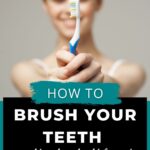
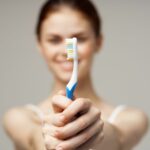
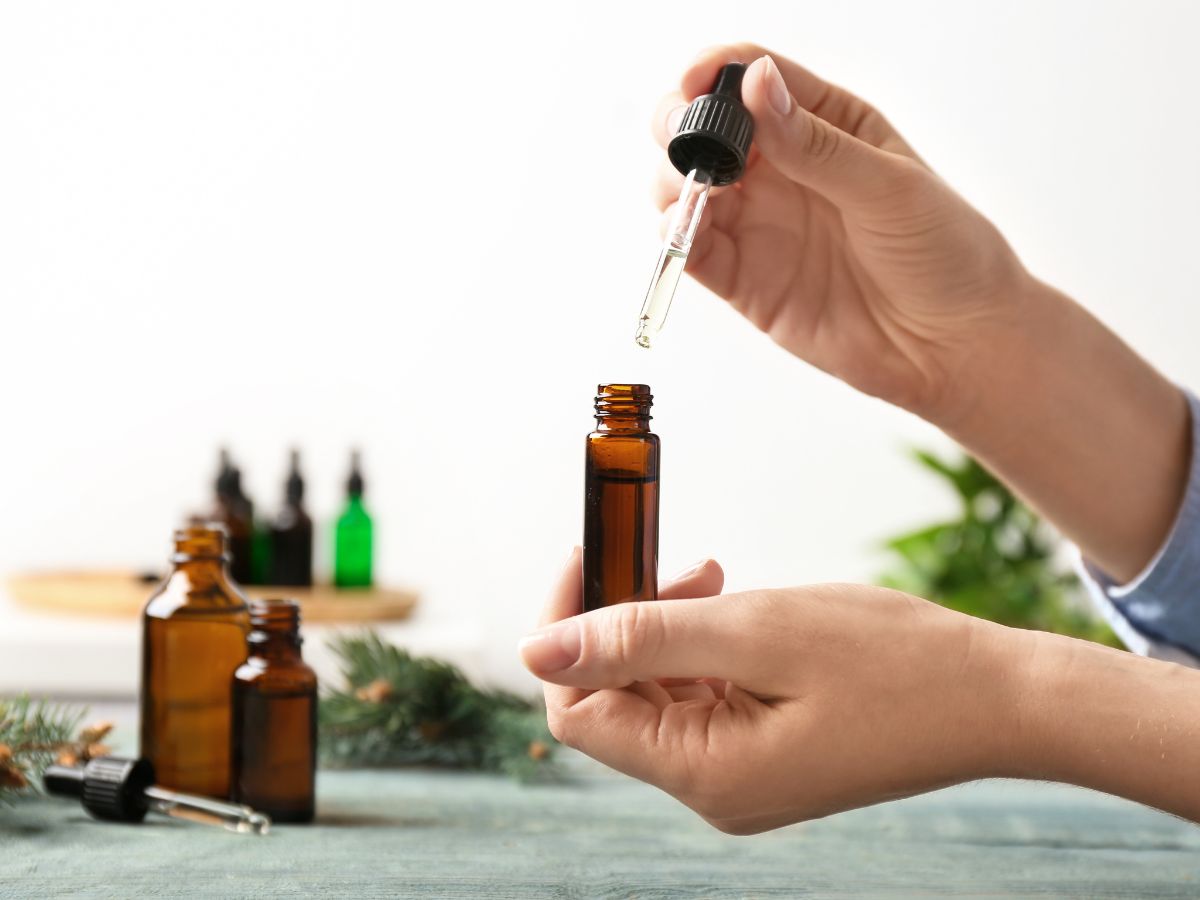
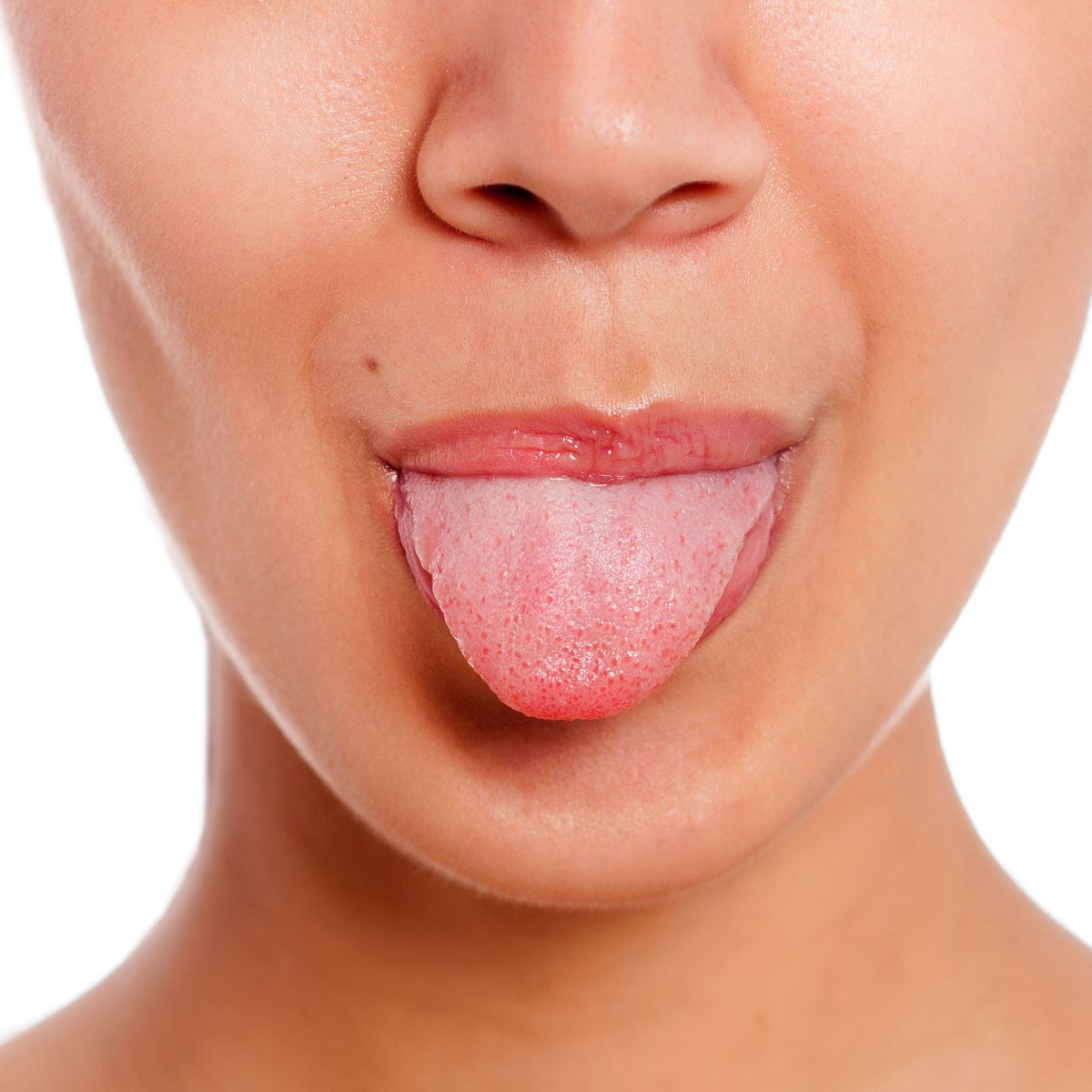
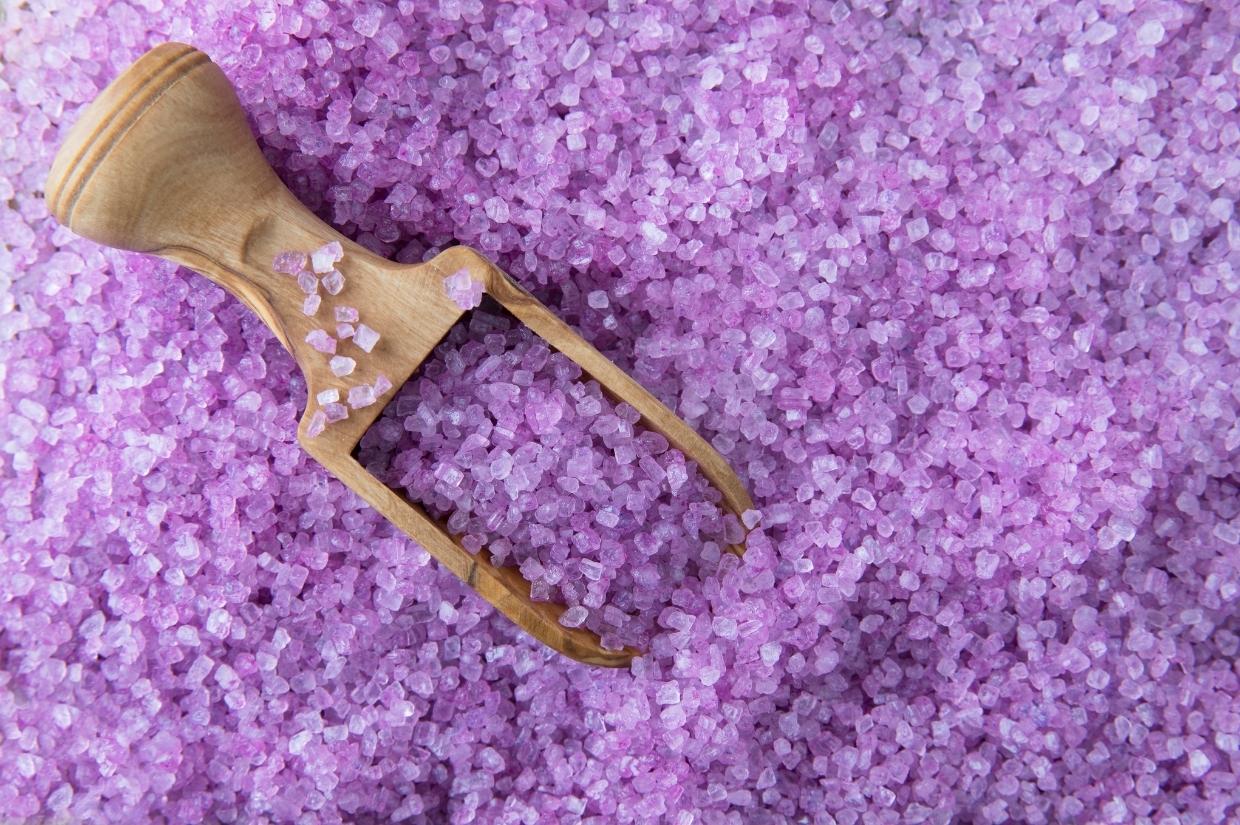
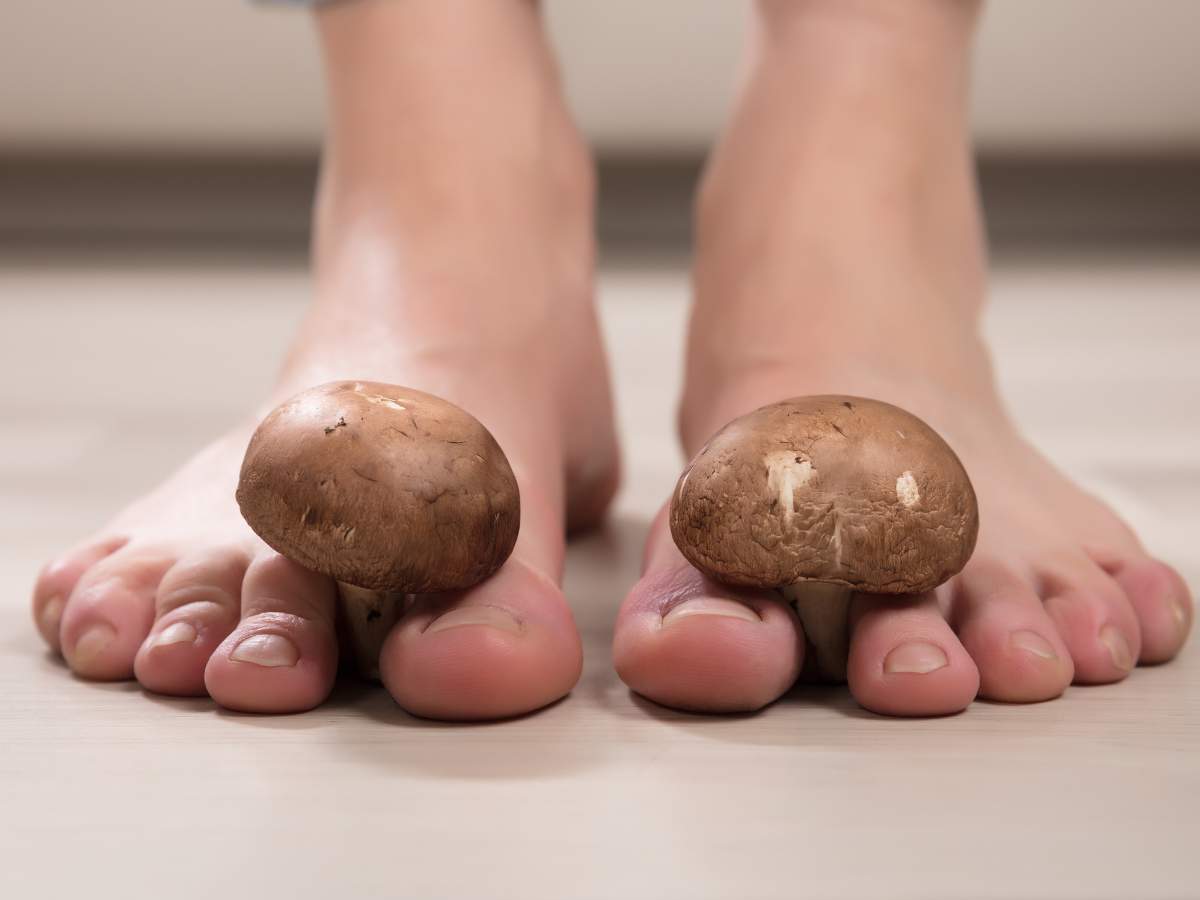


My family and I recently had to do some traveling, including overnight buses and flights. One toothbrush got lost or forgotten, and others were just too hard to get to in our luggage. Between damp cloth and sugar-free gum our mouths felt way more comfortable.
That’s so true, Sandra – travel can be challenging for remembering those toothbrushes 😉